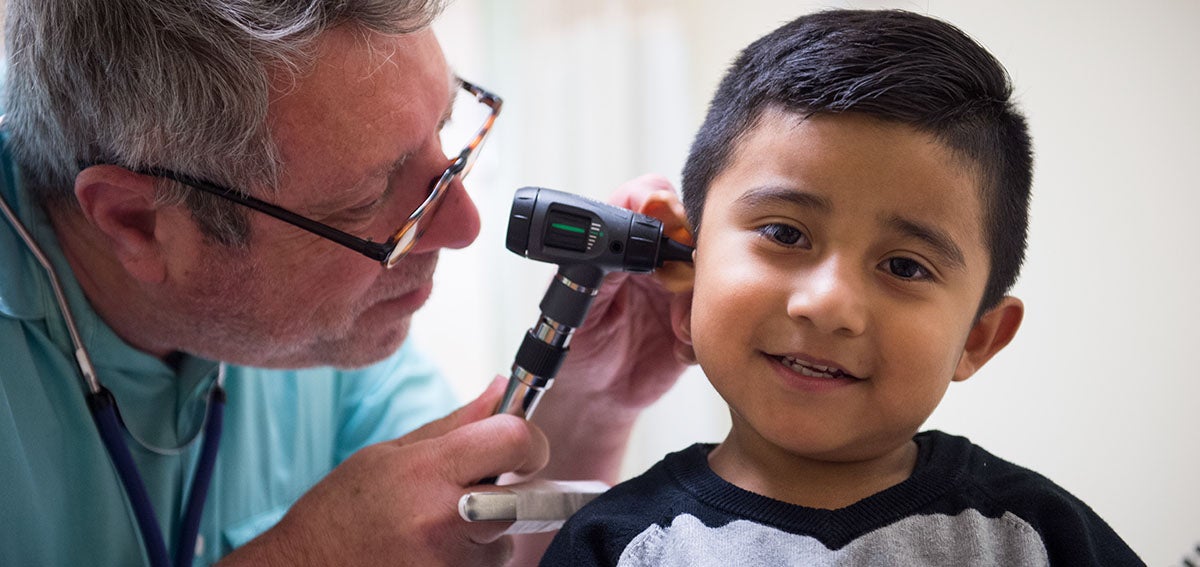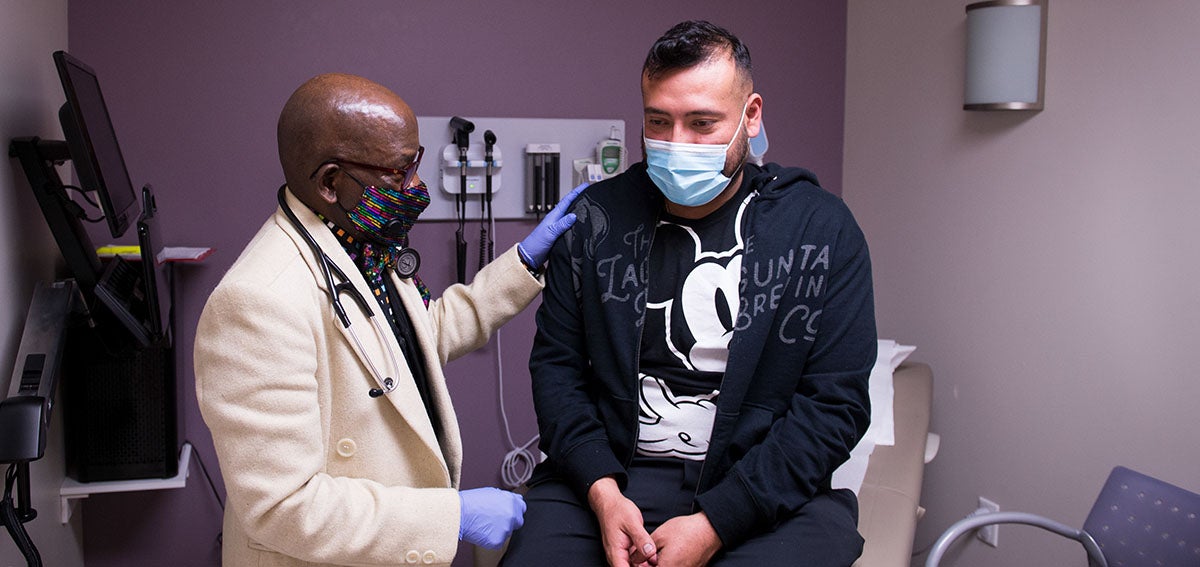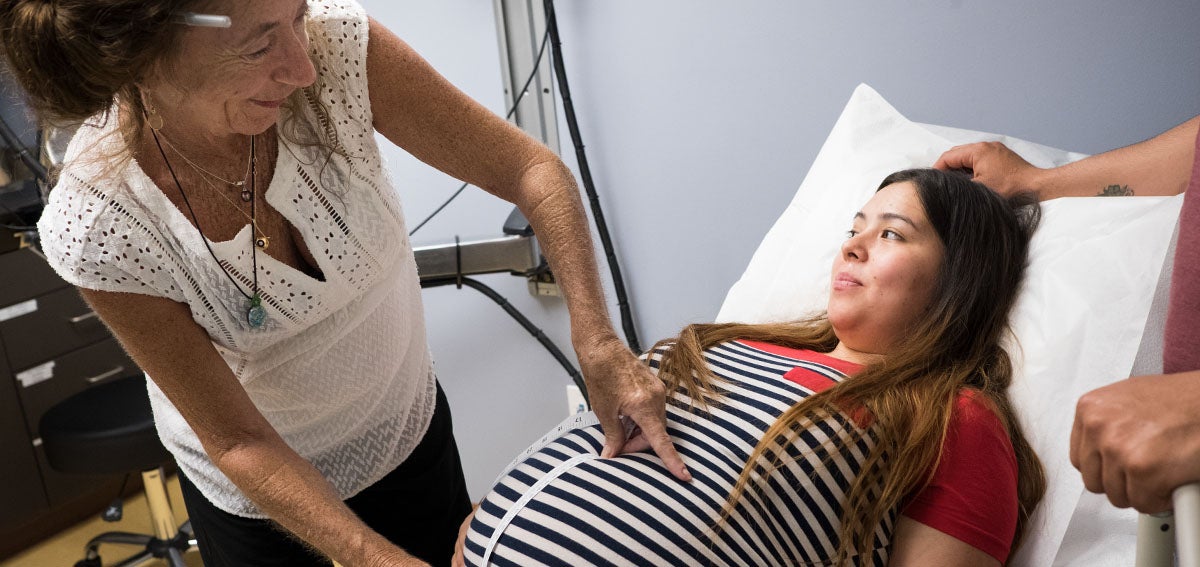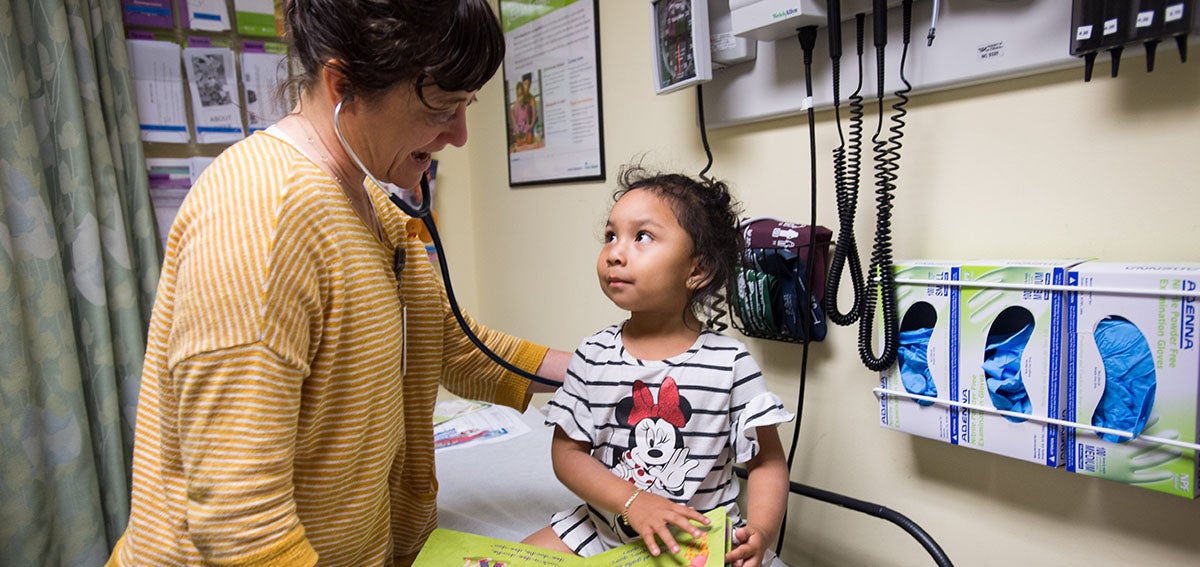Download
Jump to All Downloads & LinksFor too long, the quality of health care has depended on where patients live, how much money they make, and even the color of their skin.1 In California there are significant health disparities by race and ethnicity, geography, income and education levels, sexual orientation, and gender identity.2 Health care is fragmented and favors treatment over prevention. It doesn’t have to be this way.
Primary Care’s Essential Role in Advancing Health Equity in California
This report surveys the research linking primary care to improved health equity. With California working to strengthen primary care quality and increase systemwide investments in primary care infrastructure, the authors urge California to center its efforts around equity and highlight opportunities for primary care influencers, providers and teams to take action.
Key Findings
- Access to primary care provides important health benefits: more complete immunization, improved dental health, earlier detection and treatment of conditions, and better management and reduced severity of chronic disease. These benefits are important for all people but especially for elderly and economically and socially marginalized groups that experience the highest burdens from preventable illness, chronic disease, and negative outcomes associated with unmanaged, uncontrolled disease.
- Better access to primary care is associated with improved life expectancy and lower rates of premature mortality in both international comparisons and across regions within the United States.
- Systems, laws, and policies create unequal primary care access based on socioeconomic status, race/ethnicity, and geography.
- Communities with fewer primary care physicians per capita experience greater access challenges, fragmented care, and more costly and duplicative health care services.
- When facing a shortage of primary care providers, patients also experience a higher risk of medical errors and reduced trust in health care providers.
Recommendations
As California embraces the charge to revitalize and invest in primary care, the report authors call for a “paradigm shift in our thinking and actions” to ensure these efforts prioritize equity. The report includes 14 key recommendations to strengthen primary care and advance equity across five key areas: community engagement, workforce education and training, clinical practice transformation, payment and spending, and data measurement, collection, and reporting. Examples of key recommendations include:
- Involve people with lived experiences of discrimination in primary care policymaking and governance bodies to identify impediments to health equity and generate solutions.
- Expand and scale pipeline programs to recruit, prepare, and mentor students from historically and systematically excluded communities and backgrounds for careers in primary care.
- Hire and mentor team members from the community, to better reflect the community’s racial and ethnic composition within the practice. Incorporate the lived experiences of staff into training for care delivery to encourage empathy and bring cultural context to interactions with patients.
For additional context, the authors provide selected examples of current policies in California that support each recommendation and identify options to advance progress. The authors recommend that California establish a primary care equity action forum to build new partnerships and provide ongoing statewide leadership and accountability for this important work.
The research was conducted by Mathematica with support from the California Health Care Foundation. On March 23, 2023, Mathematica held a webinar on the topic of primary care and health equity. The introduction to the webinar is a helpful summary of the paper’s key findings and recommendations. Watch it here.
Notes
- Miranda Dietz et al., Undocumented Californians Projected to Remain the Largest Group of Uninsured in the State in 2022, UC Berkeley Labor Center, April 13, 2021. ↩︎
- Let’s Get Healthy California Task Force Final Report (PDF), State of California, December 19, 2012, 3–4. ↩︎





